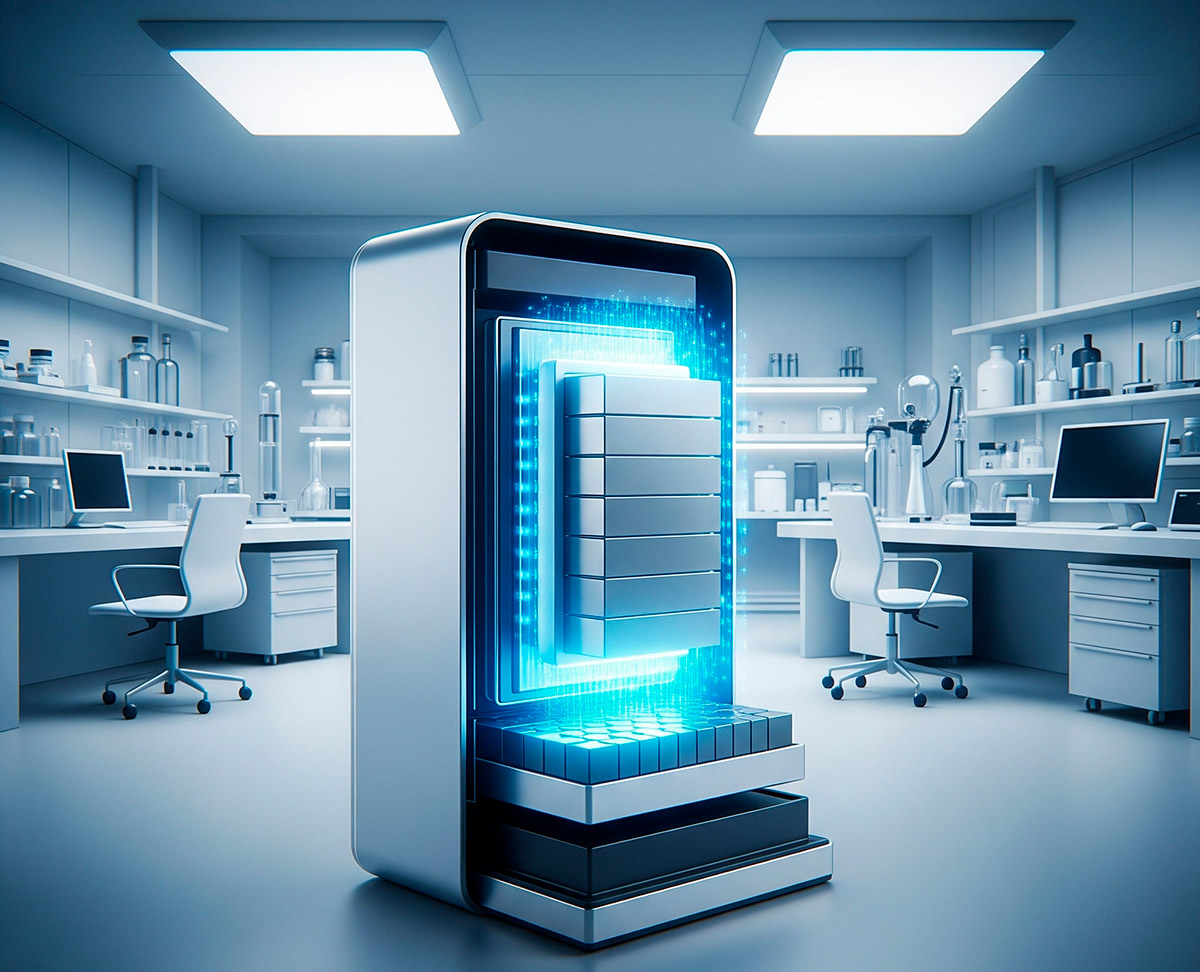On Wednesday, June 25, Quantumscape has announced that it has managed to develop a new manufacturing process that accelerates the production of its ceramic material for the solid electrolyte up to 10 times .
This advance is critical importance for several reasons:
- Commercial viability: One of the greatest obstacles to the massive arrival of solid state batteries has been the difficulty and slowness of its production. A 10 times faster process brings this technology a giant step to series manufacturing.
- Greater performance: solid state batteries promise to revolutionize the electric vehicle by offering greater energy density (more autonomy in less space), ultra -grape load times and, above all, a security level far higher than that of current lithium ion batteries, since they eliminate flammable liquid electrolyte.
- Cost reduction: accelerating production is essential to reduce costs and be able to compete with current battery technologies.
This advance of Quantumscape, in which giants such as the Volkswagen Group participate, is one of the most promising news of the year for the future generation of electric cars.
What is a solid state battery?
To understand the magnitude of the news, you must first know what a solid state battery differs from those used by current electric cars (lithium ions).
A conventional lithium -ion battery has three main components: an anode (negative pole), a cathode (positive pole) and a liquid electrolyte that separates them. This electrolyte is the one that allows the flow of ions between both poles to generate electricity. The problem is that this liquid is flammable, sensitive to high temperatures and one of the main factors that limit load speed and energy density.
A solid state battery , as the name implies, replaces that liquid electrolyte with solid material . In the case of Quantumscape, this material is an innovative flexible ceramic sheet . This apparently simple change transforms everything.
THE PROBLEM: THE BOTTLE CUECL OF PRODUCTION
Until now, the "Holy Grail" already the greatest challenge of solid state batteries has been to manufacture that solid ceramic separator. The process was extremely slow and complex, similar to the cooking of ceramic pieces in an oven, a process that could take whole days.
Imagine trying to produce millions of electric cars if the most fundamental piece of its battery takes days to "bake". It was a bottleneck that made mass production unfeasible and kept the costs through the clouds.
The Quantumscape solution: a "microwave oven" for batteries
The advance announced this week by Quantumscape directly attacks that problem. They have developed and patented a new high -speed oven heating system . Although the technical details are industrial secrets, the simplest analogy would be to compare the old process with a traditional and the new oven with a powerful industrial microwave oven.
This new method accelerates the cooking process of the ceramic sheet by 10 times . What took days before, can now be done in a fraction of that time, eliminating the main obstacle that prevented production from climbing. This allows to manufacture the separating sheets continuously and a speed compatible with the needs of the automotive industry.
What concrete advantages does this technology provide?
- More autonomy (greater energy density): By eliminating "inert" components of the liquid electrolyte, much more energy can be stored in the same space. This translates into cars with autonomies that could exceed 800 or even 1,000 kilometers with a single load, eliminating "autonomy anxiety."
- Ultra -grape loads: The solid separator is much more stable and allows a faster and faster and safe ion flow. Quantumscape has demonstrated in its prototypes that its cells can be charged from 10% to 80% in less than 15 minutes . It would be a waiting time very similar to reposting gasoline.
- Radically superior security: This is one of the most important points. Not having an flammable liquid electrolyte, the risk of battery fire, even in case of accident or drilling, is drastically reduced. This allows simplifying the complex and heavy cooling and protection systems that surround current batteries.
- More useful life: solid state batteries degrade much more slowly. Quantumscape tests have shown that their cells maintain more than 95% of their initial capacity after more than 1,000 load cycles , which could be equivalent to more than 800,000 kilometers of use. The car would be obsolete before the battery.
What is missing to see them on the street?
Although this advance in production is a giant step, there are still challenges to overcome:
- Industrial climb: one thing is to accelerate the process in a laboratory or pilot plant and another very different is to implement it at a mass scale in a gigafactoría. This will be the next big step.
- Final cost: Despite the improvement, the cost of production remains higher than that of lithium -ion batteries. The objective is that mass production reduce these costs until they make them competitive.
- Integration into the vehicle: manufacturers, such as their main partner Volkswagen, have to adapt the design of their platforms to integrate these new battery packages and take advantage of all their advantages.
In summary, Quantumscape has not "invented" the solid state battery, but it seems to have found the key to make it mass manufacturing . If they meet their deadlines, we could start seeing the first high -end vehicles equipped with this technology towards the end of this decade , marking the start of the true second generation of the electric car.























































